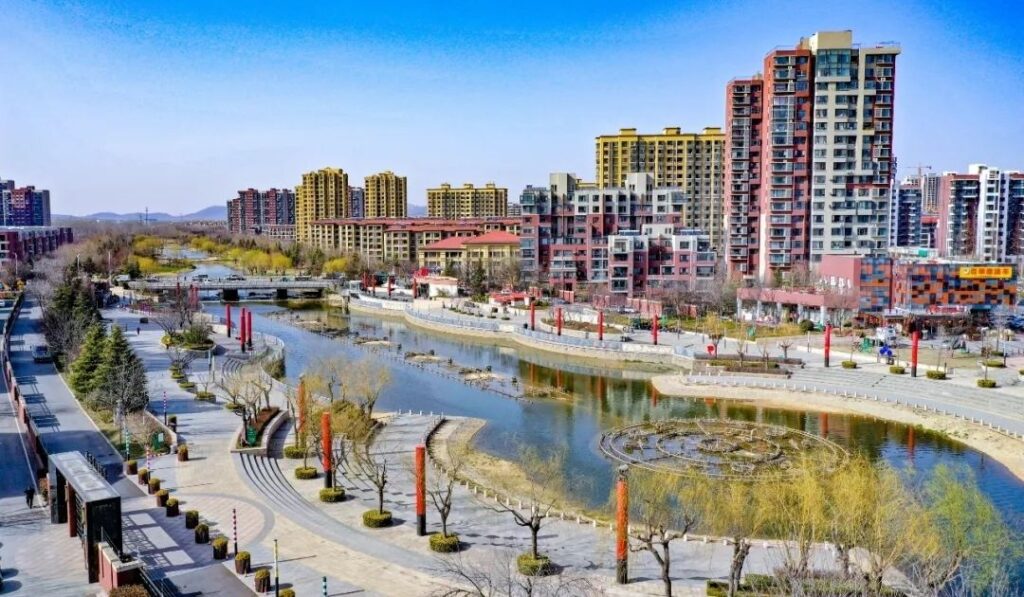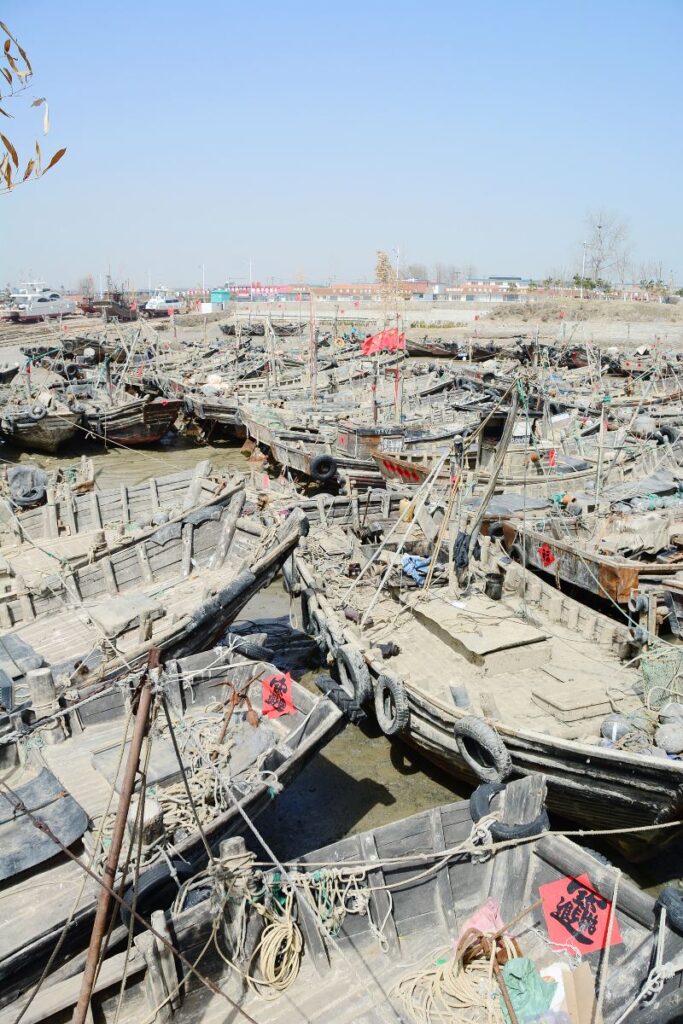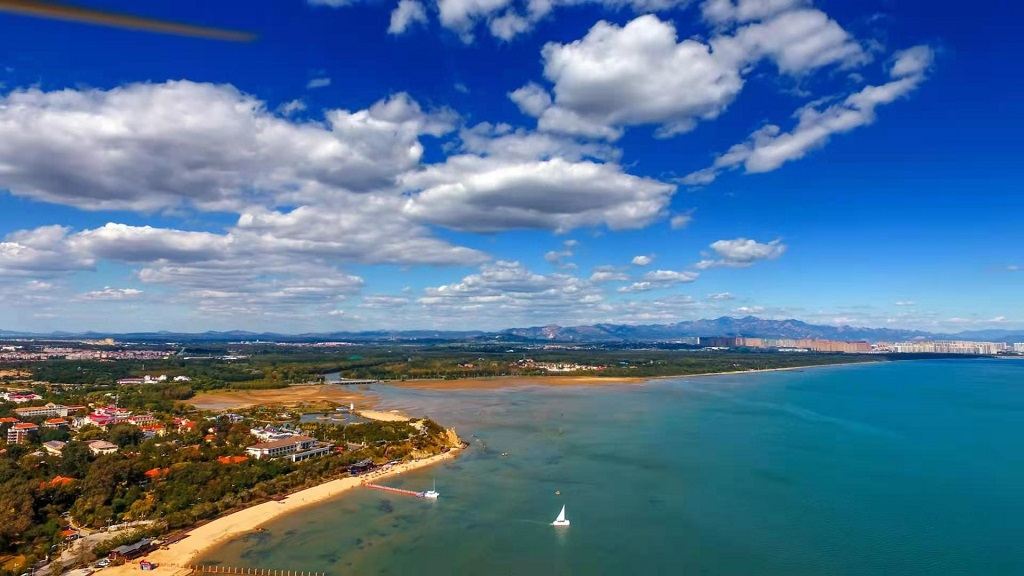The Langyatai Scenic Area is located on the eastern seashore of Langya Town, Huangdao District. It is famous for Langyatai where Qin Shihuang ascended three times. Xu Fu also set sail from here to go to Japan. Here, you can follow the ‘imperial road’ that Qin Shihuang walked through and ascend Langyatai to look at the sea and feel Qin Shihuang’s longing for the fairy mountains on the sea.
The Langyatai Scenic Area mainly includes Langyatai, Longwan, and the coastal scenic belt around the platform. Among them, Langyatai is the core tourist area, mainly including the Langya Culture Exhibition Hall, Xu Fu Hall,(Yunti), Langya engraved stone, Wangyue Tower and other scenic spots. The scenic area is not large, and Langyatai is not high, only 183.4 meters above sea level. Except for walking on the Yunti and the Qin imperial road, most of the mountain roads are relatively easy to walk.
In addition to the scenic spots, there is Xu Fu’s eastward voyage departure site located by the southern seaside. This historical port marks the starting point of Xu Fu’s fleet’s eastward journey in ancient times. Today, one can only find a stone stele inscribed with ‘Xu Fu’s Eastward Voyage Departure Site’ at the Langya Port wharf. Worth mentioning is a small island named ‘Zhaitang Island’ to the southeast of Langya Terrace, which is said to be the place where Emperor Qin Shi Huang’s attendants fasted when seeking immortals.
The island boasts beautiful scenery and is a well-known fishing village leisure resort. To visit Zaitang Island, one can take a ferry from Langya Port wharf (outside Langya Terrace scenic area), with several departures in the morning and afternoon each day. The opening hours are from 08:30 to 15:30 all year round, with entry closing half an hour earlier. Preferential policies include: Children: Free entry for children under 1.4 meters in height or under 6 years old; Minors/Students: Discounted entry for minors aged 6 to 18 and full-time university undergraduate students or below, with the presentation of a student ID or household registration book; Elderly: Free entry for individuals aged 60 and above with valid identification; Military personnel: Free entry for active-duty soldiers, veterans, and retired cadres (including retired military cadres) with valid identification; Disabled individuals: Free entry for one accompanying person for those with visual and intellectual disabilities and first and second-level physical disabilities. Service facilities include parking lots: [Qingdao Langya Terrace Parking Lot] with a reference price of ¥10 per entry; located at the Qingdao Langya Terrace Provincial Tourism Resort, Southwest Coastal Area, Huangdao District, Qingdao City, Shandong Province (next to the scenic area ticket office), with a capacity of 100 spaces.

